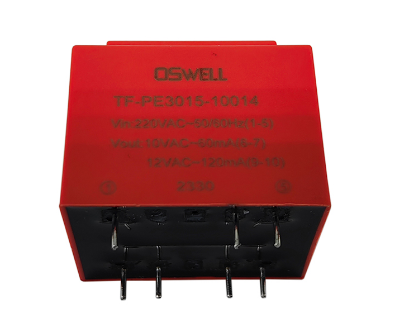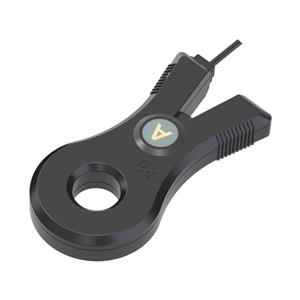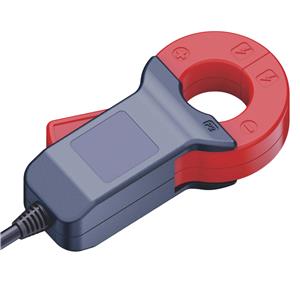Exploring the Role of Ferrite Materials in High Frequency Transformers
High frequency transformers are crucial components in various electronic devices, ranging from power supplies and converters to telecommunications systems. These transformers operate at frequencies above 20 kHz, necessitating the selection of suitable materials that can efficiently handle high frequency signals. Ferrite materials have emerged as a popular choice due to their unique properties and advantages in high frequency transformer applications. This article delves into the role of ferrite materials in high frequency transformers, highlighting their benefits and characteristics.
1. High Permeability:
Ferrite materials exhibit high magnetic permeability, making them ideal for high frequency transformer cores. The high permeability allows for efficient magnetic flux conduction, resulting in improved energy transfer and reduced core losses. This property enables high frequency transformers to achieve high efficiency and optimal performance.
2. Low Core Losses:
Ferrite materials feature low magnetic hysteresis and eddy current losses, leading to lower core losses in high frequency transformer applications. This is particularly important in high frequency operation, as even minor losses can significantly impact overall efficiency. By minimizing core losses, ferrite materials ensure efficient energy transfer and help maintain stable operating temperatures.

3. Wide Frequency Range:
Ferrite materials exhibit excellent frequency response characteristics, allowing high frequency transformers to operate across a wide range of frequencies. This versatility is crucial in applications where the frequency may vary or where multiple frequency bands need to be accommodated. The wide frequency range capability of ferrite materials makes them suitable for various high frequency applications.
4. Compact Size and Weight:
The high permeability and low core losses of ferrite materials enable the design of high frequency transformers with compact sizes and reduced weight. This is particularly advantageous in modern electronic devices, where space and weight requirements are critical. By using ferrite materials, high frequency transformers can be designed to be compact, lightweight, and easily integrated into space-constrained applications.
5. Good Temperature Stability:
Ferrite materials possess good thermal stability, allowing them to operate reliably at elevated temperatures. This characteristic is important in high frequency transformer applications, where temperature rise due to core losses and operating conditions can impact performance and longevity. The temperature stability of ferrite materials ensures long-term reliability and enables transformers to operate in demanding environments.
6. EMI Suppression:
Ferrite materials also exhibit excellent electromagnetic interference (EMI) suppression properties. This makes them highly suitable for high frequency transformers, as they help attenuate unwanted electromagnetic emissions and ensure electromagnetic compatibility (EMC). The use of ferrite materials can effectively reduce EMI and minimize interference with other electronic components or systems.
Conclusion:
Ferrite materials play a vital role in the design and performance of high frequency transformers. With their high permeability, low core losses, wide frequency range, compact size, good temperature stability, and EMI suppression properties, ferrite materials enable the development of efficient, reliable, and compact high frequency transformers for various electronic applications. Their unique characteristics make them a preferred choice for engineers and designers seeking optimal performance, energy efficiency, and electromagnetic compatibility in high frequency transformer designs.




